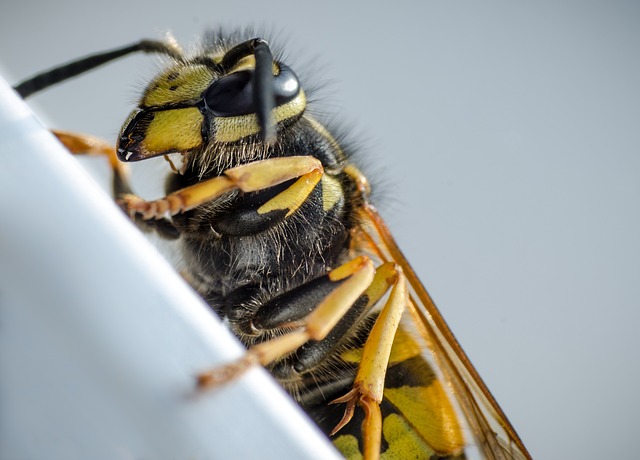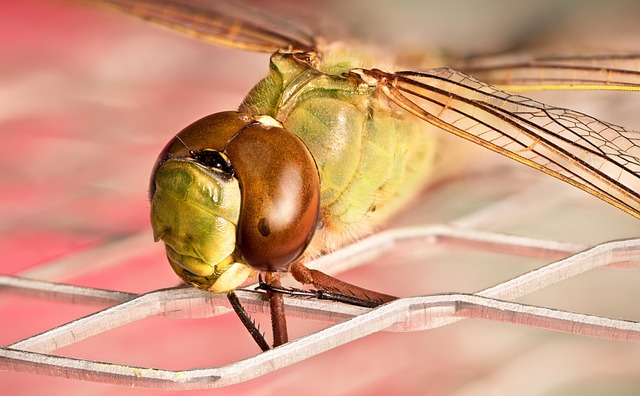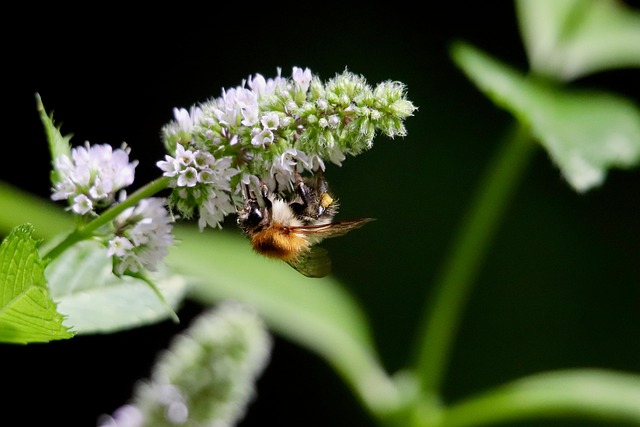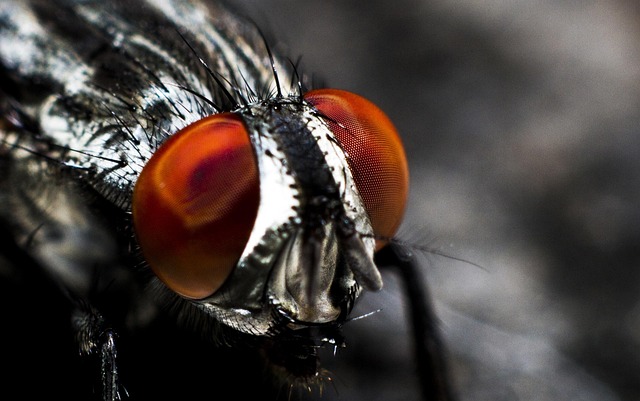Protecting Commercial Wood: Infestation Prevention & Maintenance Strategies

Commercial wood insect infestations pose significant risks to buildings, necessitating proactive mea…….
Understanding Wood Boring Insects Removal
Wood boring insects, such as beetles, carpenter ants, and termites, can cause significant damage to wooden structures, posing a threat to both residential and commercial properties. Removal of these pests involves a multi-faceted approach that includes identification, monitoring, treatment, and prevention strategies. This process ensures the preservation of wooden structures by eliminating infestations and protecting against future invasions. The historical context of wood boring insects removal dates back to ancient times when simple traps and natural deterrents were used. Over time, the methods have evolved into sophisticated techniques involving advanced technology and environmentally responsible practices.
Global Impact and Trends
The impact of wood boring insects is not confined to any single region; it is a global concern affecting numerous countries and ecosystems. The damage caused by these insects can be exacerbated by climate change, which alters the habitats and life cycles of these pests. Key trends in this field include the increasing use of Integrated Pest Management (IPM) approaches, the development of biodegradable materials for treatment, and the rise in public-private partnerships to address infestations effectively. Different regions experience varying degrees of impact based on climate, local species of wood boring insects, and the prevalence of older wooden structures.
Economic Considerations
The economic implications of wood boring insects and their removal are significant. The cost of repairs and treatment can be substantial, particularly for large-scale commercial or historical buildings. The market dynamics in this sector reflect a demand for eco-friendly and effective treatments, which has led to investment in research and development. Wood boring insects removal plays a crucial role in various economic systems by protecting assets, maintaining public health and safety, and preserving cultural heritage.
Technological Advancements
In recent years, technological advancements have revolutionized the field of wood boring insects removal. Innovations such as advanced detection devices, heat treatment technologies, and environmentally safe chemical formulations have improved the effectiveness and efficiency of treatments. The future potential of these technologies includes the integration of artificial intelligence and machine learning to predict and prevent infestations before they become problematic.
Policy and Regulation
The policies and regulations governing wood boring insects removal are diverse, reflecting the global nature of this issue. International standards for treatment and prevention exist, such as the International Standards Organization (ISO) guidelines. National and local regulations also play a role in dictating the practices used, with an emphasis on environmental protection and public health. These frameworks influence the development of wood boring insects removal practices and ensure they are carried out responsibly.
Challenges and Criticisms
The challenges faced by those involved in wood boring insects removal are multifaceted. These include resistance from pest populations, environmental concerns associated with treatments, and the need for continuous training and adaptation to new species or infestation types. Criticisms often arise regarding the use of harmful chemicals and the potential for collateral damage to non-target species. To overcome these issues, a combination of research, education, and the adoption of best practices is essential.
Case Studies
Several case studies demonstrate successful applications of wood boring insects removal. Notable examples include the preservation of historical structures like the Eiffel Tower in Paris, which underwent treatment for wood-boring beetles without compromising its integrity. Another case is the adoption of sustainable practices in timber production in countries like New Zealand, where the use of biopesticides and monitoring systems has significantly reduced infestations. These studies provide valuable insights into effective strategies and the importance of a proactive approach.
Future Prospects
The future outlook for wood boring insects removal is promising, with potential growth areas in sustainable treatments, early detection systems, and public education programs. Emerging trends include the use of biotechnology to develop genetically modified organisms that combat infestations naturally. Strategic considerations focus on the integration of these advancements into existing practices to ensure long-term effectiveness and environmental stewardship.
Conclusion
Wood boring insects removal is a critical field that plays an essential role in protecting structures, preserving heritage, and ensuring public safety. The topic encompasses a wide range of disciplines, from entomology to economics, and requires a collaborative approach to address the multifaceted challenges it presents. This article has provided an overview of the subject, highlighting its significance and the various factors that contribute to its complexity.
FAQ Section
What are wood boring insects? Wood boring insects include beetles, such as powderpost beetles and old house borers, and termites that infest wooden structures, causing damage by tunneling through the wood.
How can I detect a wood boring insect infestation? Signs of infestation include small holes in the wood, dust or frass (insect waste) emerging from these holes, and the presence of adult beetles or swarmers.
What are some common removal methods? Common methods include chemical treatments, heat treatments, freezing, and biological control using natural predators or entomopathogenic fungi.
Are there environmentally friendly treatment options? Yes, biopesticides, heat treatments, and freezing are considered environmentally friendly options. Biological controls also offer a sustainable approach to managing infestations.
How can I prevent wood boring insects from damaging my property? Preventive measures include maintaining dry conditions to avoid attracting these pests, using durable and resistant materials in construction, and regularly inspecting your property for signs of infestation.

Commercial wood insect infestations pose significant risks to buildings, necessitating proactive mea…….

Wood boring insects pose significant structural threats if left unchecked. Understanding their behav…….

Wood boring insects like termites, beetles, and ants pose significant threats to homes, requiring ea…….

Wood insect infestations cause significant damage, but traditional chemical treatments are harmful……..

Wood boring insects like termites, carpenter ants, and powder post beetles pose significant risks to…….

Wood boring beetles, common in homes with wooden structures or furniture, pose a silent threat by la…….

Wood boring insects like beetles and termites cause significant structural damage and decrease prope…….

Wood boring insects like termites and beetles pose significant risks to humid or poorly ventilated a…….

Traditional pest management using toxic chemicals poses significant environmental risks and harms no…….